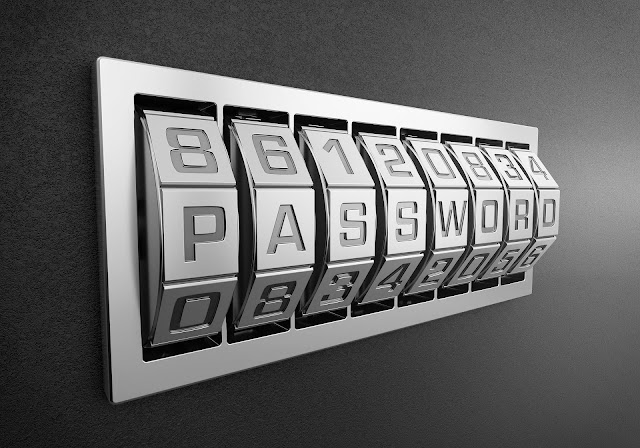How To Disable Auto-Lock In Windows 10
How To Disable Auto-Lock In Windows 10
One of the ways you can do this is by using auto lock which can be a hindrance at times. Auto lock protects your data and personal files from unauthorized access.
You can lock your system manually by using Windows+L or depending on timer that you have set, your computer will lock automatically and only way you will be able to unlock your system is by using a password or pin.
In addition to protecting your data and personal files from unwanted eyes, locking your system is a good way to conserve energy as it stops your laptop from drawing power from the battery.
You can set Windows to show upcoming calendar events, weather reports, unread emails and other useful information on your screen. The steps you need to follow in order to customize your lock screen is as follows:
Step 1: Right-click anywhere on your desktop and click on Personalize. You can access it from settings by pressing Windows key + I shortcut and clicking on Personalize.
Step 2: In the left sidebar, click on Screen Time settings under Lock Screen.
Step 3: The two options you find here are Sleep and Screen. Choose Never in both under 'On battery power, turn off after' and 'When plugged in, turn off after.'
Step 4: Your computer will not turn off screen and auto lock or go to sleep.
Instead of turning auto-lock off completely, we can set it to a number that you are comfortable with. You can set different behavioral patterns for auto-lock depending on whether it’s plugged in or on battery power.
Registry and group policy hack
There are two hacks that you can use to enforce these settings on Windows 10. The registry hack is more suitable for Windows Home Edition while Group Policy is better for Windows Pro. In Windows search, type regedit from Start menu.
Navigate to ComputerHKEY_LOCAL_MACHINESOFTWAREPoliciesMicrosoftWindows
Right-click on Windows folder and select Key under New. Name this new key as Personalization. Right-click on this new key file and select DWORD (32-bit) under New. You have to name this file as NoLockScreen. Double-click on this DWORD file to open it and input 1 in the Value data field.
Moving on to the Group Policy trick, search for gpedit.msc in the Start menu and open it. Navigate to the following folder, Administrative Templates > Control Panel > Personalization. Double click on the file 'Do not display the lock screen' in order to open it.
From the window that pops up, select Enabled and then click on Apply to save the changes.




Comments
Post a Comment